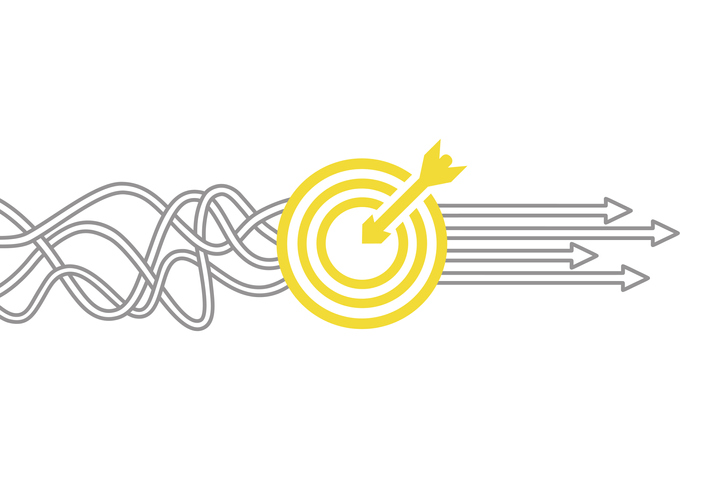OpenAI, creator of ChatGPT, has recently amassed 1 million paid business users, but team-building expert AJ Thomas doesn’t want HR leaders to give in to tech-related FOMO. Instead, she says, now is the time to get curious about exactly what the organization needs to optimize and how to get there, with or without AI.
Thomas is a CXO in residence and advisory board member at A.Team, a company that helps organizations assemble tech teams from a network of 11,000-plus experts. Thomas also founded the Troublemaker Lab, a coaching practice for leaders and VC-backed companies in software, deep tech and climate tech.
Previously, at X, the Moonshot Factory, Thomas helped build teams to develop technologies for large-scale impact. She advocates for a collaborative approach to problem-solving, emphasizing a unified strategy for teamwork.
When it comes to teamwork, Thomas believes in a shared framework she calls an “analog solution” to problem-solving. There are three parts: mindset, skillset and toolset. She says this can be particularly useful to HR teams, many of which have several verticals within the overall human resources umbrella.
It works like this. The mindset step involves getting clear on what the team wants to optimize. Next, the team must determine what skillsets will be needed to arrive at the desired outcome. Lastly, it’s time to identify the toolsets that will be required to bring this solution to life. Note that tech acquisitions—the toolset—come after the other elements have been established.
This approach can be helpful when deciding what technology to purchase in support of workplace efficiency and experience. “Tech is coming at us in so many ways,” says Thomas. Despite the many available tech options, she believes leaders must critically evaluate how new tools can best support the most important aspects of the organization’s future of work.
HR leaders should be ‘super informed’ about business priorities
Thomas advises being “passionately dispassionate” to avoid getting attached to specific platforms, processes and vendors. Successfully leveraging new HR tech tools requires that leaders ask deeper questions and address how tech can support targeted action plans. “Move from experimenting to being super informed about where the business is going,” says Thomas.
This can be challenging when a shared priority isn’t established among different segments of the people operation. “There are perennial, disparate flywheels going,” says Thomas. She explains that HR teams and their cross-functional partners have many priorities in motion, which will influence the organization’s decision-making.
Thomas says that HR teams are often equipped with best practices, but to truly innovate, they must develop the next practices. To do this, HR leaders need to know what they want to optimize. Many team members agree on the “why” of the next practices, but the “how” can become a sticking point.
Thomas explains that most team frustration stems from misaligned expectations. She suggests bringing in outside perspectives to add an “extra layer” in understanding the problem and the opportunity. She believes valuing other perspectives can help answer the question: “What are we trying to solve for?”
Thomas provides a real-life example. Many HR leaders are currently in a decision-making phase regarding artificial intelligence, facing “pressure to build a pulse on AI.” However, Thomas says that CHROs shouldn’t be afraid to say “not right now” if certain AI efforts don’t align with the organization’s priorities.
While AI is a headline-grabber, Thomas believes it doesn’t necessarily need to be a point of focus for all HR leaders. “You’ve got 99 problems, but AI ain’t one,” she quips, adding levity to a topic that has grown increasingly massive over the past year. “It will be as ubiquitous as search someday.”
Credit: Source link











